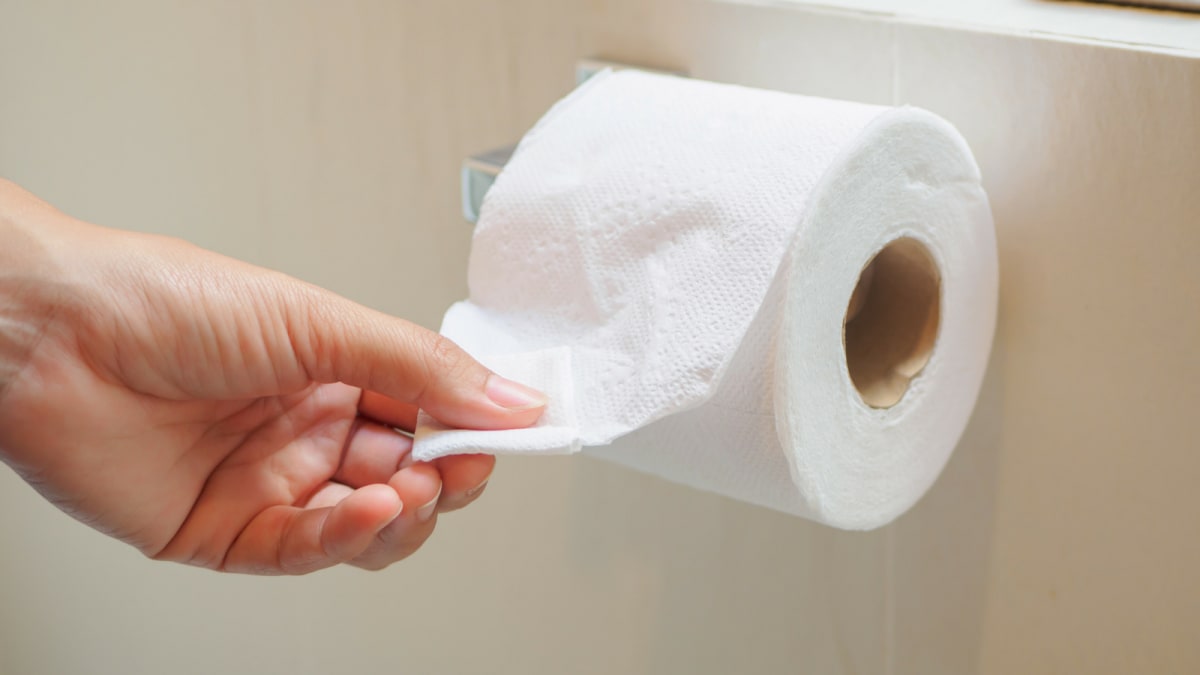 |
| Source: Reviewed.com |
Today, I am tackling something very important. Anyone who has had to do a number two in the wilderness will have contemplated their previous life bathroom choices. And when I was back in a regular bathroom, I got to thinking, what did we do before toilet paper? It turns out that the history of how humans go to the bathroom is more interesting than I had previously thought. Because history takes a long time to explain, and there's a lot of it, I am going to summarize to give the general idea. I was more interested in finding out what people did in more modern times like the 1800s. Because the 1800s were an interesting time because a lot of things (in America) that we do today come from things back then, but there are plenty of odd things they did that we would never do today. Also because obviously for hundreds of years before we were developed as a species, we just pooped anywhere.
 |
| Source: 123rf.com |
This will be more of a summary and I plan to make another bathroom history LorenzoRamble in the future.
In the ancient times people had wide varieties of bathroom habits. The Native Americans would do often what we think of, which is go out into the woods, and wipe with leaves. Other places did this as well. In the middle east they would poop into a body of water, and then clean their buttocks off with the water using their non-eating hand. In Ancient Greece there would be a communal toilet house which is kinda like an outhouse but with multiple seats (with no dividers), and they would wipe with broken bits of pottery, because that isn't painful at all. The ancient Romans shared the same communal outhouse, (made out of marble) idea. Except they wiped with a stick and a sea sponge that was also shared, and stored in salt water when not in use. I feel that this could lead to many awkward ancient Roman bathroom exchanges, "Hey bob, can you pass the sponge on a stick", "I will use the sponge on a stick as long as I want to Jimmy" In Ancient China the bathroom experience was more familiar as the Chinese did their business in a bucket of water, and used toilet paper. The Chinese invented some of the earliest toilet paper. The outhouse, that we think of today (in America) was popularized by the American settlers. They would use corn cobs to wipe their bottoms. Later in American history (here's the 1800s part), with the popularization of catalogs people would use those to wipe. The Farmers Almanac and the Sears Catalog evolved to include a hole punched in it to hang in the outhouse. In 1857 toilet paper busted onto the American Market.
 |
| Source: History.com |
Well what is my opinion?
Lorenzo's Opinion:
I really like our current toilet situation, no broken pottery, no sponge on a stick, just a simple bowl full of water, and overpriced thin sheets of small paper. When I first heard about bidets, I thought it was an odd idea, and really didn't like the idea. But, I have seen the advantages, especially of the new modern Japanese, combo bidet/toilet. Basically what I'm saying is, I really wouldn't hate if we embraced the bidet.But make your own opinion, that is the beauty of the LorenzoRamble format, I give the facts up above and let you develop your opinion, and then I give my opinion. I really think it is important these days for people to think independently and make up their own mind.
We will be embracing the shards of glass technique.
ReplyDelete